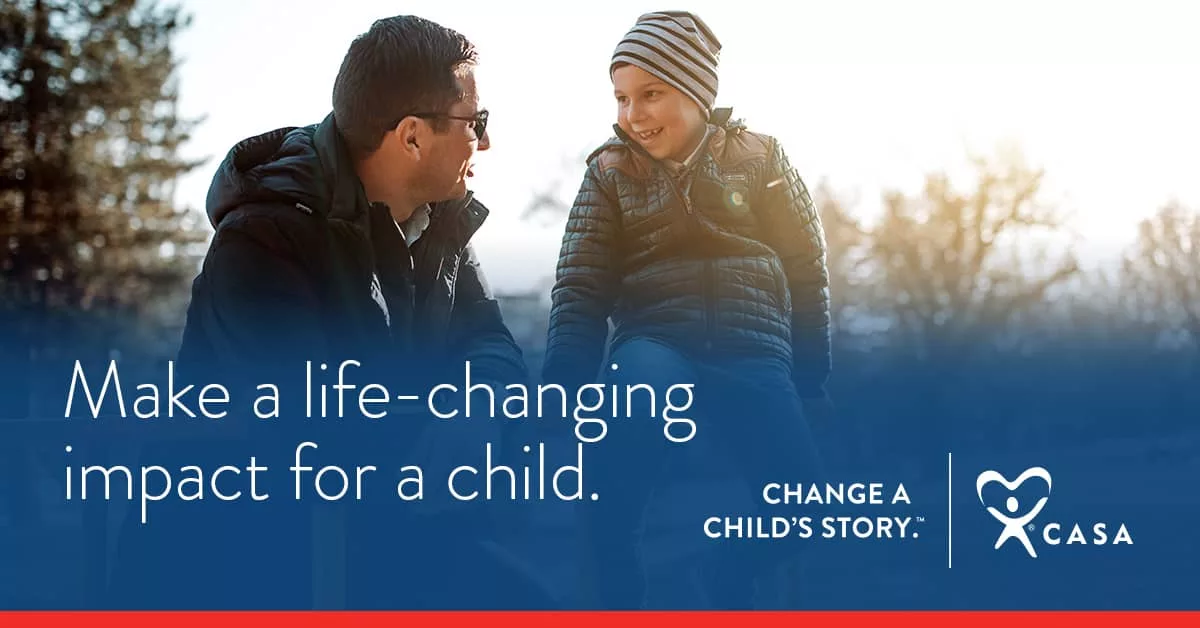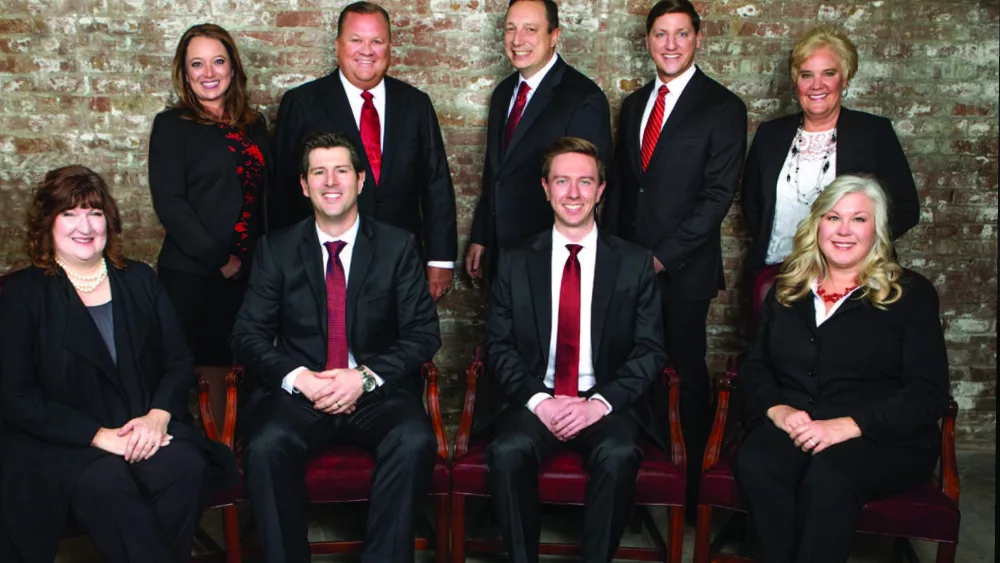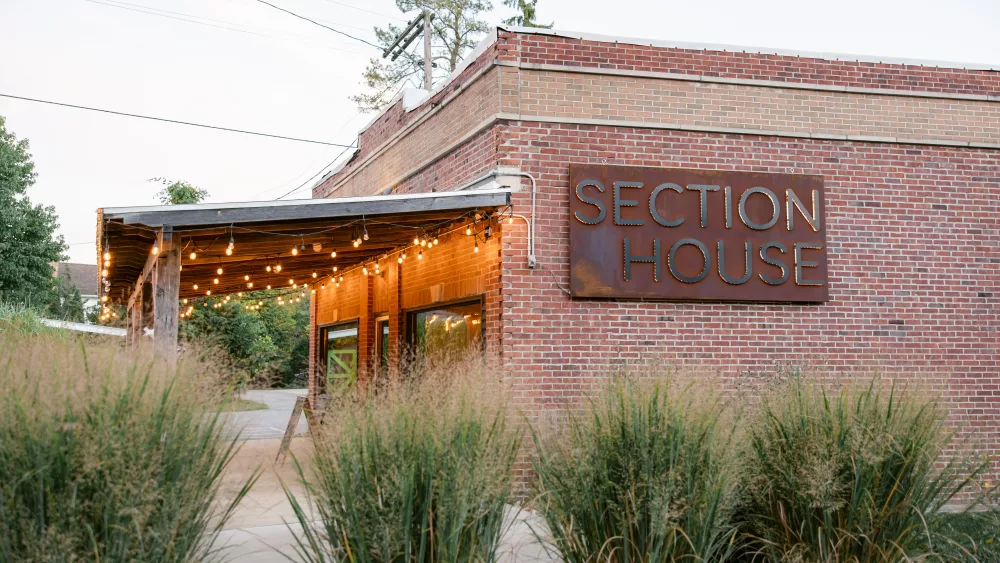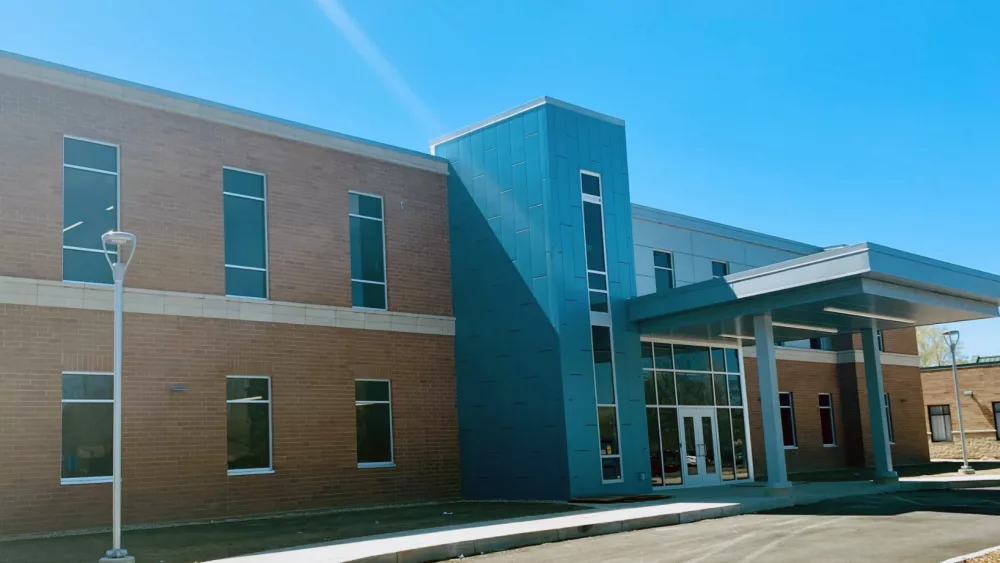
One of the most remarkable and impactful holiday season gifts you can give can’t be found in any store anywhere on the globe. Despite the fact that it is one of the most wished for gifts in history, you can’t find it in any mall, or online, or in a catalog, or anywhere other than in your heart and in your mirror. Sometimes the best gifts stem directly from your time, your talent and your treasure. My friends at CASA — the Court Appointed Special Advocate Program — truly need one of those three to dramatically change the life trajectory of a child. Your time. Your time and your dedication to becoming a relentless advocate for that child, paving the way for their transition to a better life than they’ve been dealt to this point.

CASA is hopeful that the overwhelming love and goodwill that are prevalent in the holiday season will assist their drive for a diverse and dynamic group of new volunteers ready to join the devoted team working to brighten the future for abused and neglected children from across Michigan’s Great Southwest. They are launching a new training round early in the New Year, and hope you’re willing to be a part of it.
I recently sat down with Jamie Brooks, the Executive Director of CASA of Southwest Michigan which serves Berrien and St. Joseph Counties in the region. She says, “We need volunteers who have a love of children, who have a desire to learn and sort of step out of their comfort zone to help kids in dire need.”
Here are the basics:
- You have to be 21 years of age.
- You have to free from any criminal record that impacts children.
- You have to pass a background check
- You have to take the organization’s pre-service training which runs 30 hours
The next training session will begin in mid-January. That training is fully online, but participatory. It takes place in a classroom setting, but on Zoom. Jamie says, “Our training covers the major topics that people encounter when they enter this world for the first time. We talk about the legal system and how the CASA volunteer fits into the progression of hearings that take place. We talk about what’s happened in families that leads to abuse or neglect of children. In fact, seventy-five percent of the children in foster care are there because of neglect, not necessarily outright physical, or sexual abuse. So, they’re living in situations that are unsafe.”
The CASA team is hoping for a diverse field of volunteers including more men, and Jamie explains further, “When we’re talking about diversity, we’re talking about diversity in all aspects, so that our volunteers can better advocate for the children we serve. We are always seeking more men because half of our kids are boys and they need a strong male figure in their life, but we also need the LGBTQ community and religious and cultural diversity including people with lived experiences.”
When it comes to volunteer recruitment, Jamie is straight forward, “We need help, and you could be the solution,” and readily notes, “As many people have found through the course of life, volunteering can be one of the most beneficial things for anybody. It’s amazing how many people come out of a volunteer situation and say, ‘I think I got more out of that than the person that I was helping.'” Further, she adds, “I think a lot of our volunteers come to us and say ‘I didn’t know what to expect and this was scary at first. I just know I love kids, but this really made a difference in my own life, I had no idea there was this type of need.'”
In the training, CASA instructors talk a lot about what has happened to children as a result of their situations and address their trauma. Jamie notes, “We use a lot of brain-based theories and how trauma affects the brain. How trauma affects the body, how trauma affects children’s health, and their own belief system. We talk a great deal about what we can do about all of these things, and that’s why we train in things like trauma and help our volunteers to become informed advocates.” Additional training topics include educational supports, reviewing medical records and community resources.
The team also trains on how to be a CASA advocate as well. Most importantly, Jamie pledges, “While we’re asking volunteers to enter this world, we’re not asking them to do it alone. We have an amazing staff. We have people in both Berrien and St. Joseph Counties whose sole job is to engage with our volunteers, to help them through, to propose solutions or community resources, and to make sure CASA volunteers have the tools and information to fully advocate for children. When the volunteer says, ‘I think I have a problem,’ or ‘I think there’s a need here,’ our staff knows how to address those needs.”
Once you are trained as a volunteer, you will be sworn in by the court, and what that really means is that you are essentially working on behalf of the court system to make recommendations that directly benefit children and are in their best interests. Jamie notes, “That’s important because our volunteers have no other loyalty other than that child. So, whatever is in that child’s best interests is what we are going to recommend to the court and those recommendations are always fact-based. So, we’re saying, ‘Johnny is acting out in this way in school, and this is how he acts during visits with his parents, and this is how he acts on the soccer field, and this is what we think should happen because of that.’ We will tell the court those things – as well as their foster care workers – so that they can make the best decisions possible for each individual child under their jurisdiction.”
So what makes a good volunteer? A good volunteer is really anybody who has a bit of time and a whole lot of caring and a desire to learn. CASA will take people from where they are. They have many volunteers who come from an educational background, but they also have lots of volunteers who have never had children of their own — who have never worked in a child-focused environment — and Jamie says they’re amazing, telling me, “They might be among some of the best because they don’t come in with a preconceived notion of what a child should do.”
Once you have completed the training, you may wonder about the time commitments and what you will have to do beyond the training. One of the most important components of what CASA volunteers do is assure there is a consistent person in the life of the child they are serving. That means they visit the child every 7-to-10 days, if it’s feasibly possible to do so. Jamie notes, “Sadly, many of our kids are placed far outside the county or in institutions, where we don’t have physical access to them. But for the most part, if a child is in the county, we visit them every 7-to-10 days. That’s important because we’re building a relationship with that child,” and adds, “They come from a place where the people that were supposed to take care of them, and love them, and keep them safe, didn’t do that. They don’t trust people. Because they have no reason, a CASA helps the child understand that we are here for them and that we are coming back — and that we will keep coming back and we will listen. We will do our best to get things done on their behalf and make good solid recommendations that benefit them. CASA not only helps the system work better, but helps the child to learn and grow, and attach and trust, and believe that there are good people in the world.” She concludes, “Our volunteers are walking the journey with that child. It is exceptionally important from a psycho-social point of view for their growth, development, and healing and all of those really important things that we want for all of our kids.”
Not only do CASA volunteers meet with the child consistently, they will share the information about that child with their caseworker on a very regular basis so that their caseworker can keep up to date and gain another perspective. CASA’s will talk to their schools and their teachers and see how they’re doing in the classroom. They will see how they’re doing medically, if that’s an issue, or how they’re doing therapeutically. Jamie notes, “When we all talk to each other, when we collaborate, kids do better,” and adds, “Most importantly, we will stay with the child and our goal is to never change volunteers on any child. So, when a volunteer comes to us and we ask them to take a case, we are asking them to take that case until that child achieves permanency in a loving, stable environment that’s safe, which is always first and foremost, or that child is content in a pre-adoptive placement, and they don’t need us anymore.”
Children generally spend at least 14-months in foster care. A CASA is generally involved with a child for about a year, visiting, attending court, connecting with professionals and monitoring the child’s needs and services.
The CASA volunteer generally spends between 10 and 20 hours a month involved with their child, and that includes note-taking and report-writing. Because volunteers are asked to drive quite a bit on behalf of the child, the organization does provide them with mileage allowances to supplement their work.
Last year, CASA of SW Michigan served 131 children, with 60 volunteers. Jamie reports, “If you look at the trend-line, we have increased our capacity to serve every year by anywhere between 20-and-50-percent each year.” Additionally, many children who were abused and neglected during the COVID quarantine period were not identified as abuse victims, which means there may be an uptick in the number of children who will enter care in the future.
Purely and simply, that drives home the dramatic need for additional help. CASA might be meeting 40-percent of the need in Berrien County right now with those depressed numbers, but Jamie cautions, “We know that those numbers are going back up to traditional numbers, and we know we want to meet that need because it’s here, it’s coming, and those are the kids that really need us at CASA.”
Last year, CASA volunteers spent over 3,600 hours advocating for kids, and if you do the math on that, it weighs out to about $100,000 dollars of in in-kind benefit to the community. They’re the second largest such organization in the state of Michigan, despite having only really been around since 2016.
Volunteers with CASA actually see a transformation in their own life. They have unique experiences unlike virtually any other form of volunteering. They’re amazing human beings, and they openly share their love for the role. Sandra Blough has been a CASA volunteer since 2018. She says, “I volunteer because I love making a difference in a child’s life. Helping even one child feel safe and loved has a ripple effect and changes lives in ways we could never even expect. Every child I have served has had at least 4 different caseworkers and two different servicing organizations. I am the constant. I am the connection between each transition making sure information is not lost and the case is kept moving forward. I am the smiling face each week, listening and connecting to the child. I have had two sets of siblings go back home to their mom and the other set was adopted. I have helped get kids into extracurricular activities and be successful in school. I have fallen in love with every child I have been a CASA to. They are so resilient and strong and forgiving. I learn so much from each child I have come to know. They inspire me to be a better person and treat others with grace and love. I have benefited as much from our relationship as they have.”
Toni Hauch has also been volunteering for CASA for nearly 5-years now. She says, “Far too often people comment they want to add something meaningful to their life, well volunteering as a CASA I can personally say adds value to life. We only have control over our own lives, but being a CASA authorizes me to step into the middle of another’s journey at a time when they desperately need an objective voice and listening, caring ear. I may be with a case for a long or short period. In every case so far, I have had a chance to see the children’s lives improve dramatically for the better. I have the opportunity to report my objective viewpoint. I joined CASA to ‘pay it forward’ and I can honestly say that being a child advocate is a comforting deposit.”
Laura Richards, who has been on board for nearly half a dozen years as a volunteer says, “I know that CASA is an acronym for what we do, and who we are, but what I forgot until recently is that casa means “home” in Spanish and that is what these kiddos have never had. If YOU grew up in a home where you were loved, where you were fed, where you were not abused, where you were not neglected, you are WAY ahead of where we get these kids. I am a CASA so that I can show kiddos what a good “casa” should look and feel like. In one example, it means the world. My third CASA kiddo had spent all eight years of his life in Benton Harbor, yet had never seen the beach. The beach is meaningless when you have no food to eat, no potable water or electricity, no parents who cared that he existed. Now, with his basic needs met through a great foster parent, I got to show him the beach. I got to show him that there is beauty beyond the struggle. I love them. I serve them. They say it takes 3 adults to love and support a child so that they can become a healthy adult. I get to be one of them.”
CASA is a nonprofit organization. They are totally independent. They are not part of the Department of Human Services or any other agency, and they are funded largely by the community and the generosity of the community. They are fortunate to be funded partners of the United Way in Berrien and St. Joseph Counties, and have grant support from local partners such as Berrien and Sturgis Community Foundations, alongside some county and funding from Michigan CASA.
Essentially, CASA has very limited ongoing support and relies on those additional grant opportunities and on the support of the community. As Jamie says, “These children have been in unsafe situations, and both the state and the court have come in and said, ‘You’re not safe in your home, so, we’re going to take these very drastic measures to move you out of your home and into somebody else’s home.’ Those kids become our children, and we have a responsibility to them and try our best to make sure that they receive the attention and support they need to heal and thrive.”
We’ve just come through the season of Thanksgiving and are headed to the full-on holiday season. CASA kids don’t spend those holidays with their family. They don’t have that “under the tree moment” or if they do, it’s in a stranger’s home. This time of year and every time of year the CASA team needs help in the form of volunteers or financial support.
So if you’re interested in volunteering, reach out to CASA. Their staff will share more information and answer your questions, transparently and honestly. Jamie says, “I want people who are interested in this role to feel comfortable with their choice. Their questions should be answered that this role is right for them, and we love to talk about CASA!”
If you have that deep interest in helping these children, you can visit their website to get the initial information. Here’s the direct link:
Volunteers typically offer time, talent, and treasure. If you don’t have the time or the talent you can still offer treasure, or if you don’t have the treasure you can offer your time and your talent.







